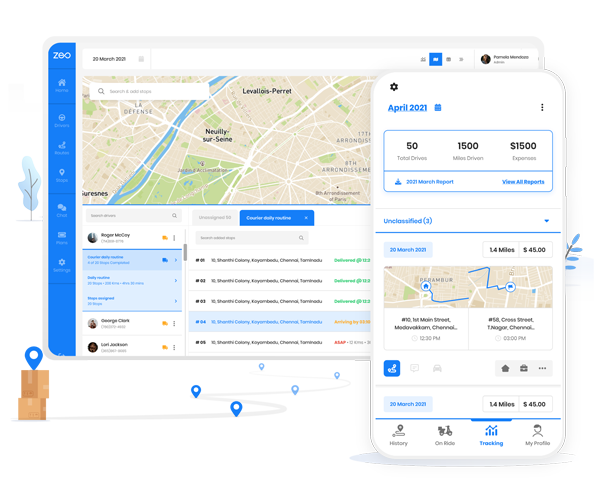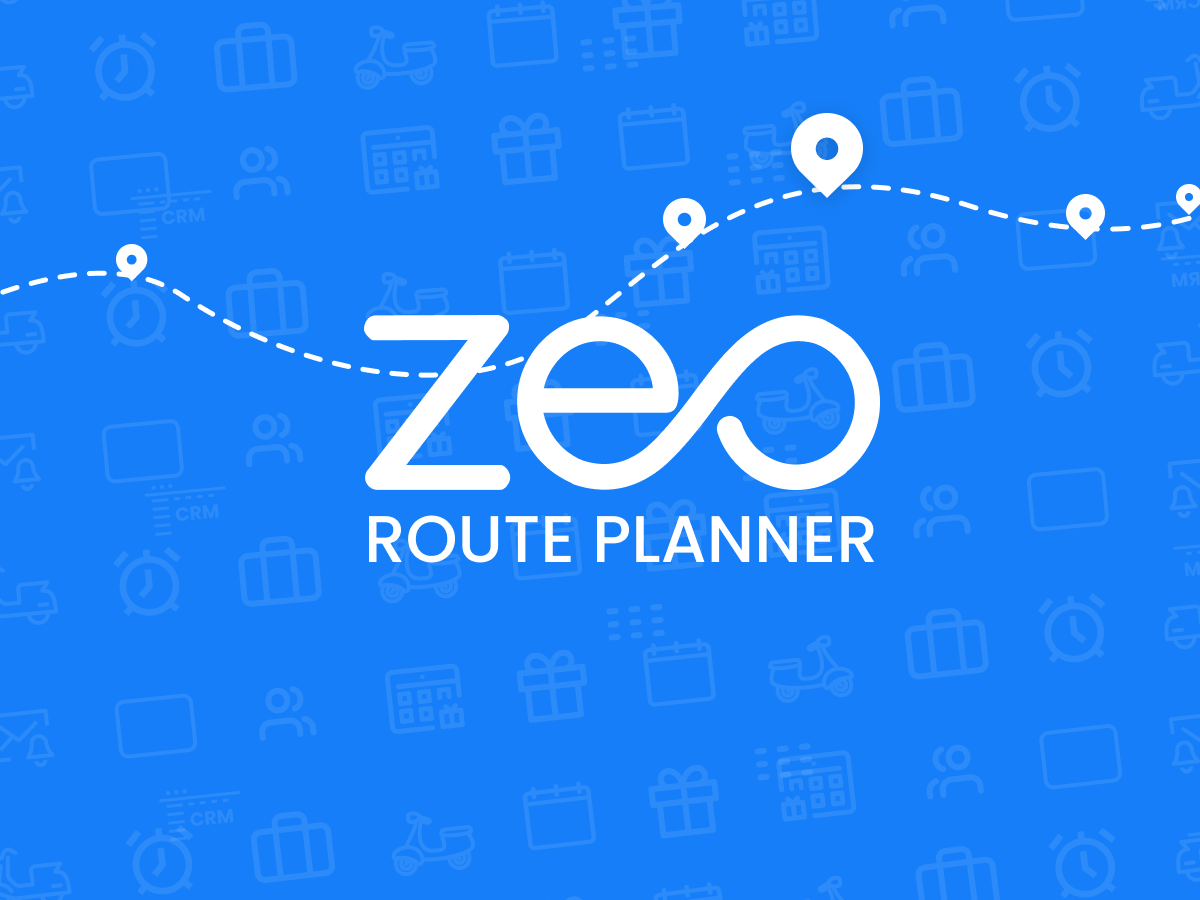Defining service areas for stores is paramount in optimizing delivery operations, enhancing customer satisfaction, and gaining a competitive edge in today’s dynamic marketplace. By defining specific geographic boundaries and parameters, businesses can ensure efficient resource allocation, streamline logistics, and tailor services to meet localized demand.
Imagine you own a chain of retail stores spread across different neighborhoods in a city. Each store serves its surrounding area, delivering products to customers within a certain radius. By defining service areas for each store using Zeo, you can ensure efficient delivery operations tailored to the specific needs of each location
Why Defining Service Areas Matters
Defining service areas is crucial for businesses as it directly impacts the customer experience by enabling businesses to tailor services to specific geographic regions, enhancing convenience and satisfaction.
- Efficient Resource Allocation: By defining service areas, businesses can optimize their resource allocation, ensuring that drivers and vehicles are deployed strategically to cover high-demand regions efficiently. This prevents the wastage of resources on unnecessary routes or areas with low customer density, thereby reducing operational costs and maximizing profitability.
- Enhanced Customer Experience: Clear and well-defined service areas enable businesses to provide a more personalized and efficient customer experience. Customers within these designated areas receive faster and more reliable service, as delivery routes are optimized to minimize delivery times and streamline operations. This not only improves customer satisfaction but also fosters loyalty and repeat business.
- Strategic Market Penetration: Defining service areas allows businesses to strategically target and penetrate key market segments. By focusing on specific geographic regions or customer demographics, businesses can tailor their services and marketing efforts to meet the unique needs and preferences of these segments. This targeted approach increases the effectiveness of marketing campaigns, improves customer acquisition, and strengthens brand presence in the marketplace.
- Competitive Advantage: Clearly defined service areas give businesses a competitive edge by enabling them to deliver superior service and value to their customers. By optimizing delivery routes and ensuring timely and efficient service within designated areas, businesses can differentiate themselves from competitors and position themselves as industry leaders.
How to Define Service Areas for your Stores using Zeo
- Sign in to your Zeo account and access your Zeo dashboard by logging in with your credentials.
- Go to the Preferences settings section and click on – Stores.
- Click on the Add button to add a new store location.
- In the Store Locations popup window, add the Stop Address.
- Enter the location name, area code and other required information.
- Switch on the Delivery Zone.
- Mark the delivery zone on the map alongside.
- Click on save.

increase fuel savings
Hassle Free Deliveries & Pickups!
Optimize routes with our algorithm, reducing travel time and costs efficiently.
Get Started for Free
Benefits of Using Zeo for Defining Service Areas:
Defining service areas with Zeo brings forth a host of advantages that empower businesses to optimize their operations and deliver unparalleled service to their customers.
- Flexibility and Customization: Zeo offers flexible tools for defining service areas, allowing businesses to tailor their geographic boundaries and parameters according to specific needs and preferences.
- Real-Time Updates and Modifications: With Zeo, service area definitions can be updated and modified in real-time, ensuring that businesses can adapt to changing market conditions, customer preferences, and operational requirements.
- Efficient Route Optimization: By accurately defining service areas, Zeo’s route optimization algorithms can generate more efficient and optimized delivery routes. This minimizes travel time, reduces fuel costs, and enhances overall operational efficiency.
- Analytics and Insights: Zeo provides valuable analytics and insights into service area performance, allowing businesses to track key metrics such as delivery times, customer satisfaction, and resource utilization. This data-driven approach enables informed decision-making and continuous improvement.
Conclusion
Zeo, with its innovative functionality, empowers businesses to define service areas effectively by providing intuitive tools and features. From customizable mapping options to real-time updates and analytics, Zeo offers comprehensive solutions that enable businesses to precisely delineate service areas and optimize their delivery operations. With Zeo’s assistance, businesses can strategically define service areas to maximize efficiency, minimize costs, and deliver exceptional service to their customers.
If you are looking to maximize efficiency through route optimization, get in touch with our experts today!

Are you a fleet owner?
Want to manage your drivers and deliveries easily?
Grow your business effortlessly with Zeo Routes Planner – optimize routes and manage multiple drivers with ease.

increase fuel savings
Save 2 Hours on Deliveries, Everyday!
Optimize routes with our algorithm, reducing travel time and costs efficiently.
Get Started for Free



























